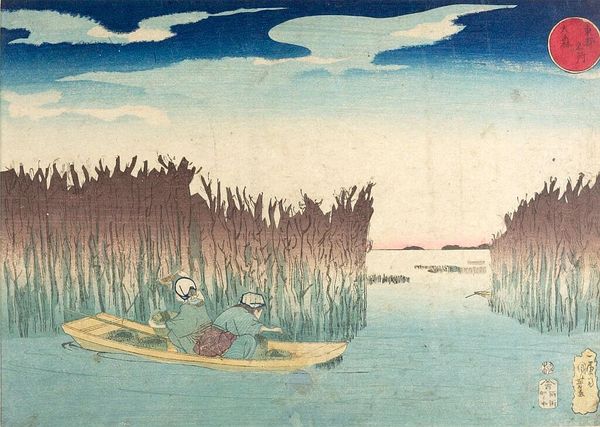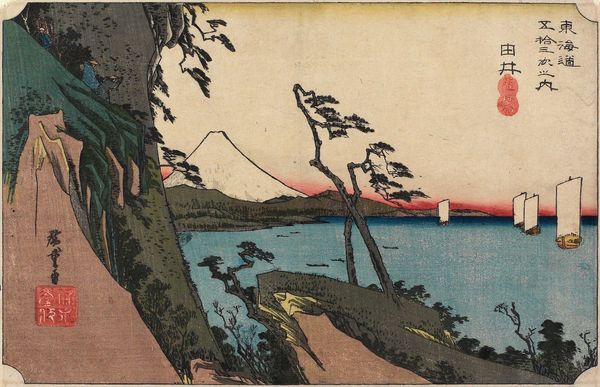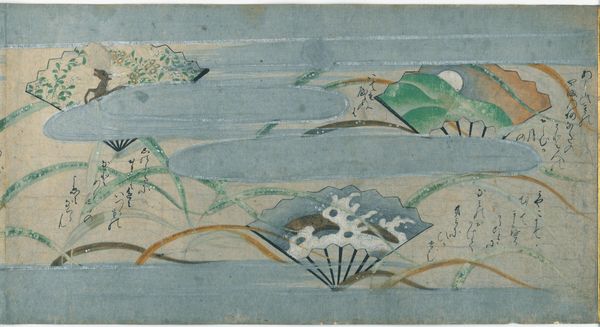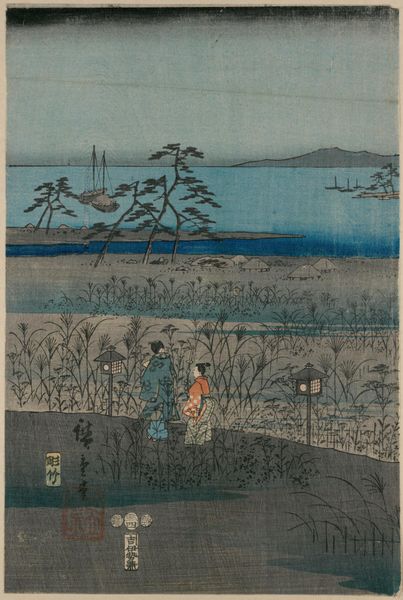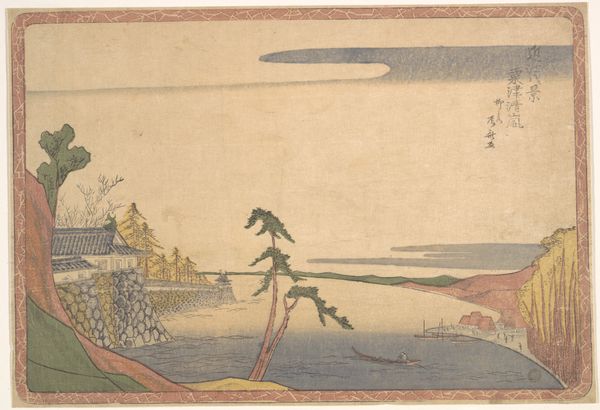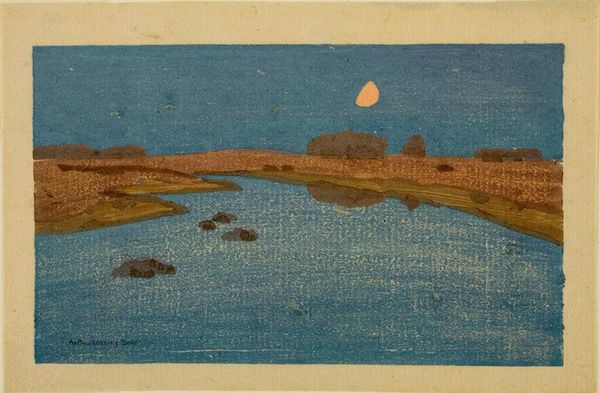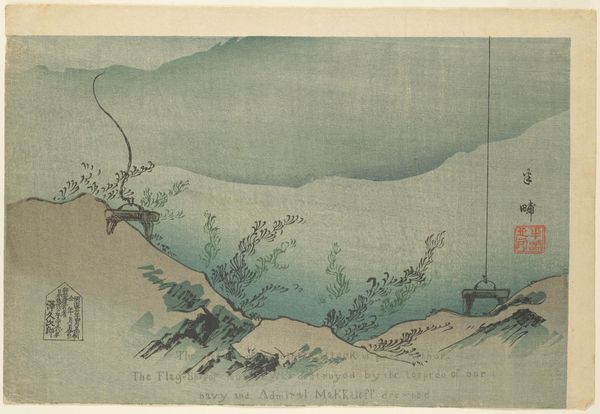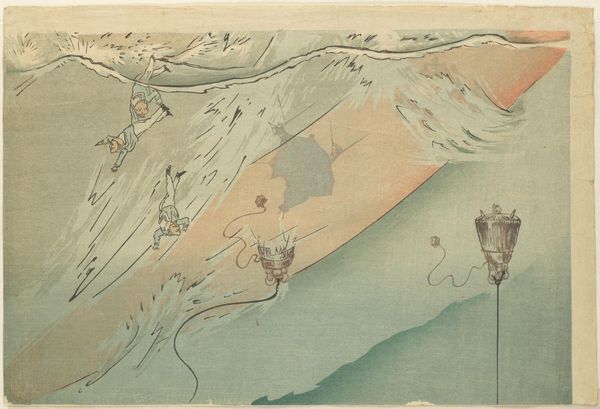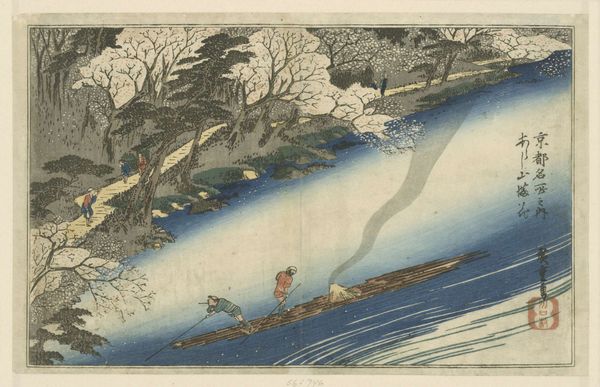
Dimensions: sheet: 19.37 × 24.61 cm (7 5/8 × 9 11/16 in.)
Copyright: National Gallery of Art: CC0 1.0
Curator: What strikes me first is the utter quietude, a silent pause between winter and spring. It feels almost hushed, like observing something sacred in nature. Editor: Absolutely, it's that starkness that resonates. It looks like a liminal space— that uneasy anticipation just before something significant shifts. Bror Julius Olsson Nordfeldt crafted this woodcut print titled "Pussy Willows" in 1903. Curator: Pussy willows, those small, unassuming harbingers. For many cultures, the willow signifies resilience, adaptability in difficult times, an ability to bend without breaking. The crows perched there are interesting; in many mythologies, birds serve as messengers, linking us with different dimensions. They are a potent symbol. Editor: Yes, and crows are incredibly social, matriarchal. Their presence complicates the apparent silence we noted; it hints at complex structures beneath. What do you make of the composition's horizontality—that long stretch of land meeting the water? Curator: The horizontal layout does emphasize a sense of enduring stability, doesn’t it? But that single bird taking flight breaks that calm. In the visual language of dreams, birds often embody freedom and aspiration, suggesting that while nature is firmly rooted, our spirits have permission to soar. Editor: Agreed. It invites questioning who and what gets this access to "freedom." Those homes across the water evoke very human communities in relation to the landscape, yet also seem somewhat remote from the natural action unfolding in the foreground. What power dynamics were already present in Nordfeldt's time and are perpetuated here, subtly? Curator: Exactly! It's a beautiful intersection—where tangible environment touches the elusive human yearning. Those seemingly straightforward trees, crows, even simple cottages transform when decoded through both natural and our symbolic cultural systems. Editor: Spot on. Examining art through that multi-lens is imperative. This "Pussy Willows" is no mere idyllic scene; it reflects a layered reality that invites a closer look and a longer reflection on the messages it conveys. Curator: It reminds me again how much art serves as visual poetry – dense, deeply evocative, and always, invariably subjective. Thank you! Editor: My pleasure; such exchanges highlight why interrogating visual art matters in a contemporary framework.
Comments
No comments
Be the first to comment and join the conversation on the ultimate creative platform.
